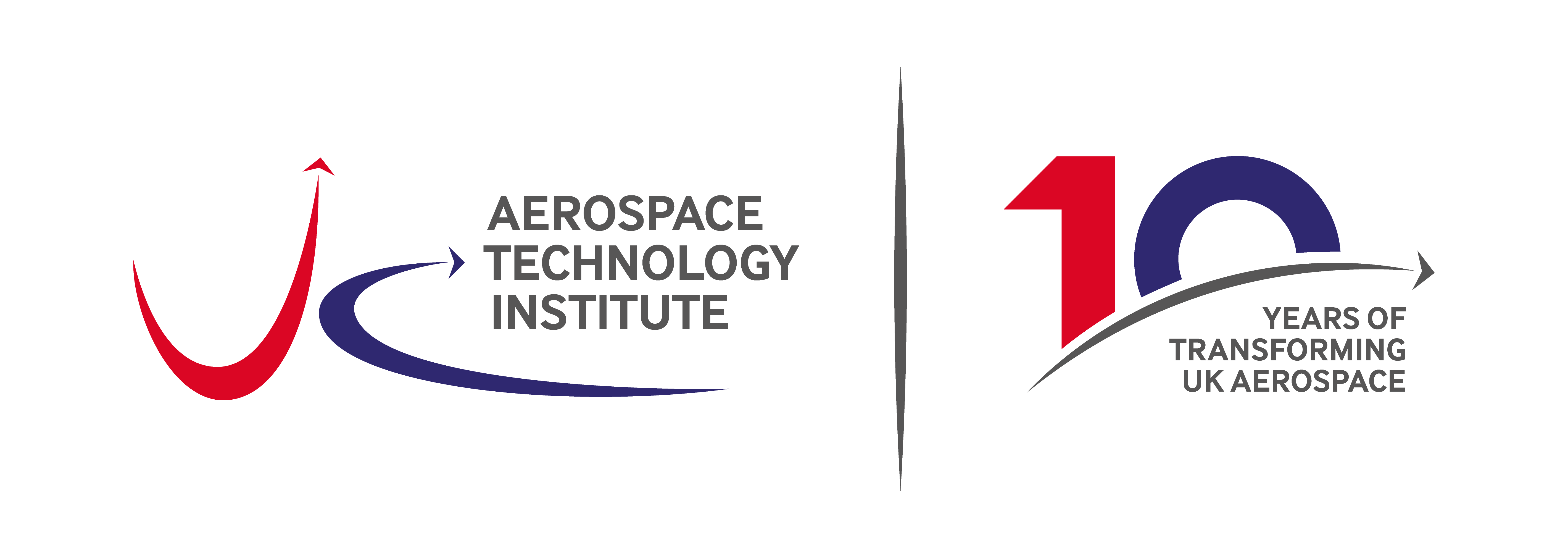Primary funding opportunities: Zero-carbon emission propulsion
In the second of our blog series, Head of Technology – Propulsion, Mark Scully, discusses the liquid hydrogen gas turbine, hydrogen fuel cell and all-electric propulsion technologies identified as primary funding opportunities.
The UK has long established world-leading capability in gas turbines, a technology that will remain at the forefront of aircraft propulsion in the shift to both sustainable aviation fuel and hydrogen.
Novel propulsive technologies in the form of hydrogen fuel cells and all-electric present a market opportunity and are being developed at pace, including with support from the ATI Programme.
With limited funding available, the ATI must balance the continued development of ultra-efficient aircraft technologies while supporting the development of zero-carbon hydrogen and electric propulsion technologies. The specific challenges that the ATI has identified as primary funding opportunities are considered below.
Liquid hydrogen gas turbine
The major changes required to a gas turbine to allow it to run on hydrogen are in the fuel delivery system and the combustor. Fuel conditioning and delivery to the hydrogen gas turbine combustor is a key challenge as the liquid hydrogen fuel is at 20K liquid and needs to be heated to around 200K to form gaseous hydrogen just before entering the engine combustor.
Combustion of the hydrogen is different to kerosene and results in elimination of CO2 emissions and around 40K lower temperature inlet to the turbine for the same performance level. Hydrogen combustion results in lower NOx emissions and increased water vapour emissions.
Designing a robust hydrogen combustor in the next five to ten years is challenging compared to previous combustor technology timescales. Delivering the gas turbine test facilities and infrastructure to support the technology development plan is also critical. Finally, understanding the atmospheric impact from burning hydrogen in aviation is essential knowledge required in the early phase of this programme.
Hydrogen fuel cell
Near-term, low temperature proton exchange membrane (LT-PEM) fuel cells offer the most feasible solution for fuel cells in aviation. However, due to the low operating temperatures of 80°C or less, thermal management is challenging due to the low temperature differential relative to ambient conditions.
High temperature (HT-PEM) fuel cells with operating temperatures of at least 160°C have also been identified as a strategic technology development stream as the greater difference between the operating and ambient temperatures improves the effectiveness of heat rejection, lowering system weight and drag. HT-PEM systems are in early-stage development for aerospace and performance and durability needs to be enhanced to meet commercial aircraft performance requirements.
The fuel cell system also includes an air supply sub-system, thermal management and other sub-systems collectively known as the balance of plant. The balance of plant sub-systems will also need to be developed to optimise and integrate the fuel cell powertrain in future and retrofit air vehicles.
All-electric
Electric propulsion requires high power, high voltage kW to MW scale electrical machines and drives. High voltage power conversion and distribution is also required to enable the electrical cabling system weight and installation challenges to be minimised, although this increases the risk of partial discharge effects in the conductors resulting in additional safety challenges.
Thermal management of the electrical machines and drives is also a critical element as even with high efficiency energy conversion the level of heat rejection in electric propulsion systems is a significant challenge.
Primary Funding Opportunities
The ATI Programme remains an open competition and the ATI continues to encourage ideas and engagement from across the whole aerospace spectrum aligned to the technology strategy, Destination Zero. Click here to find out more about the primary funding opportunities in the ATI Programme. Look out for our next blog exploring the technologies identified as key to achieving Net Zero 2050 and securing UK competitiveness which require investment in upcoming funding batches.

